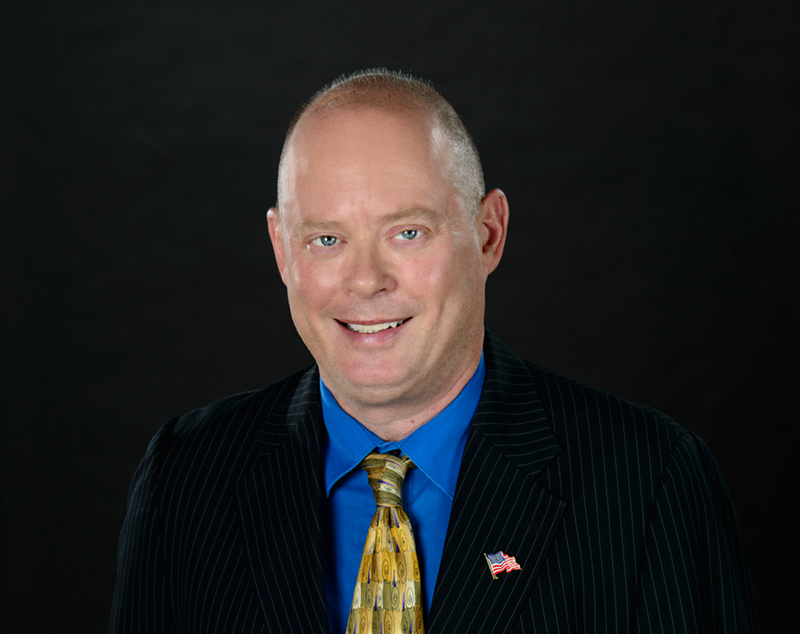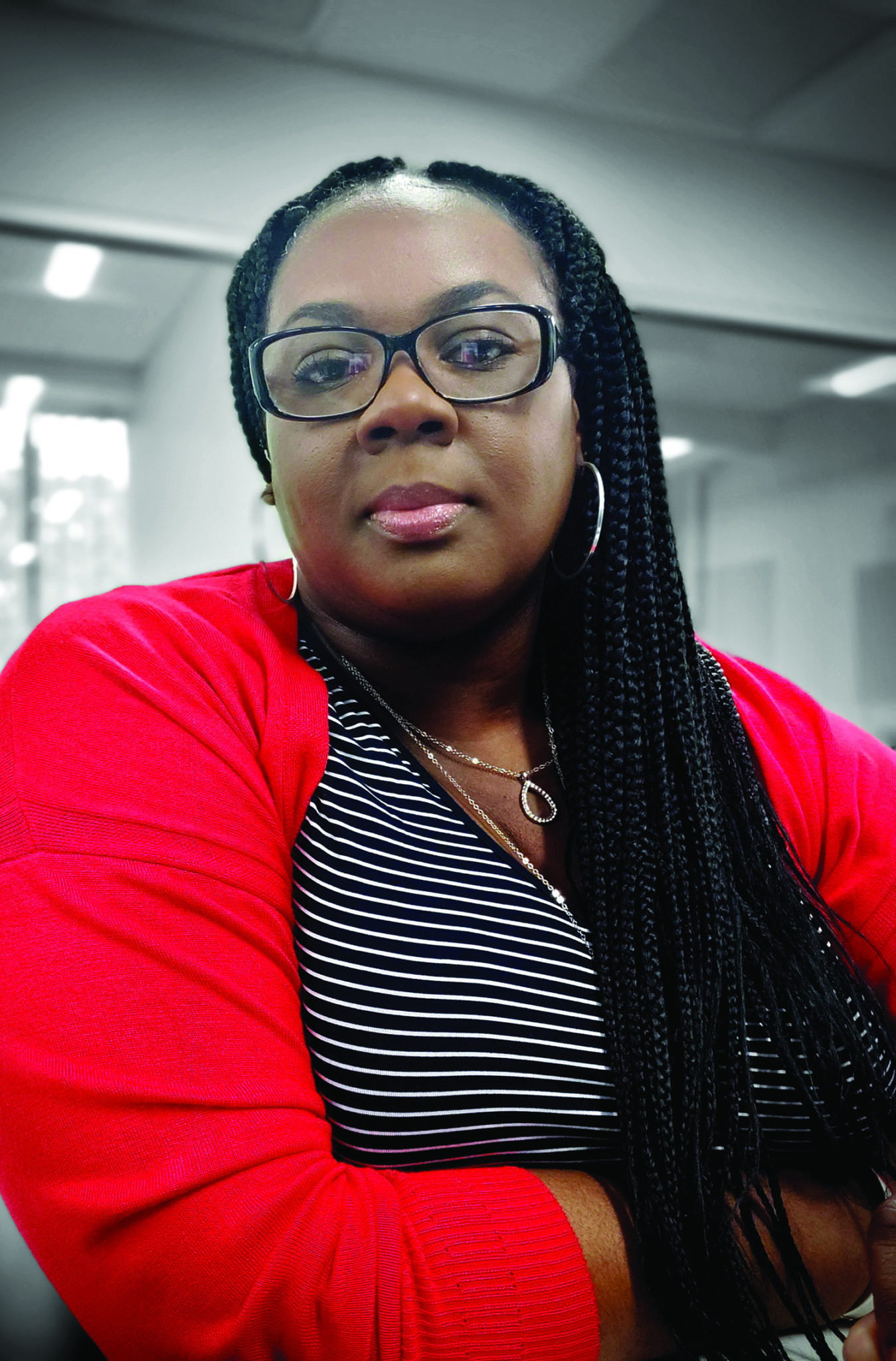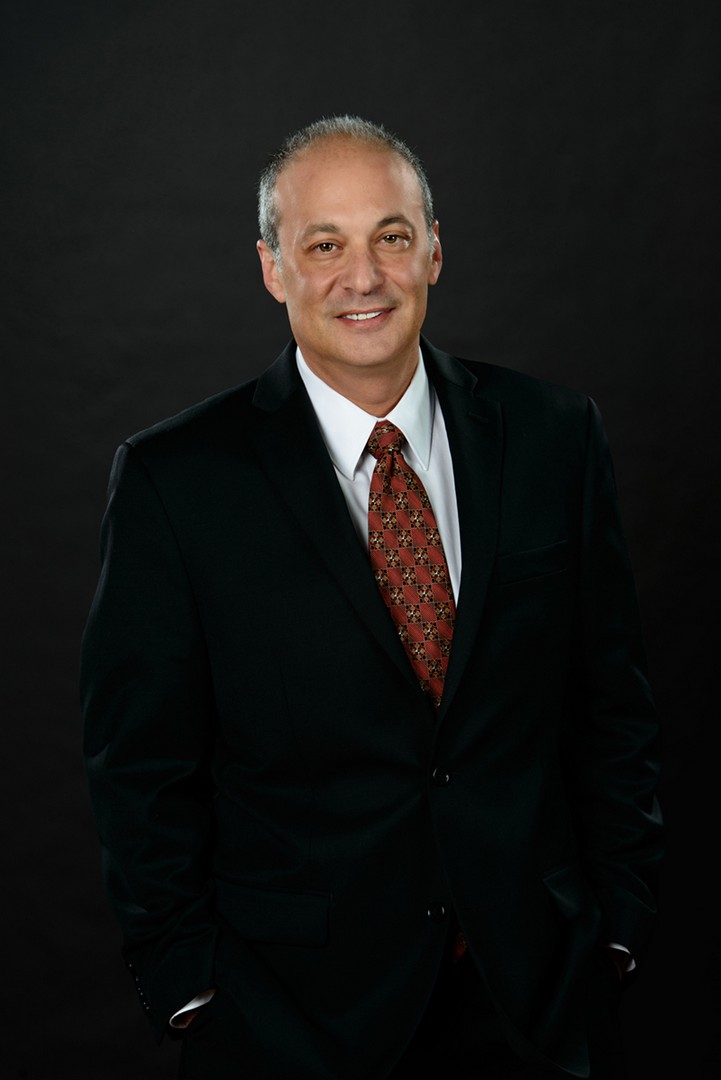[vc_row css_animation=”” row_type=”row” use_row_as_full_screen_section=”no” type=”full_width” angled_section=”no” text_align=”left” background_image_as_pattern=”without_pattern”][vc_column width=”2/3″][vc_column_text]
To look at the history of the Miami River, is to look at the history of Miami itself.
According to historian Jerald T. Milanich, the world “Miami” is a derivation from “Mayaimi,” which referred to the vast size of Lake Okeechobee. (Another interpretation is that Miami means “sweet water.”)
Spanish explorers who visited Miami in 1743 mentioned “Maymies” or “Maimies” living in the area. The Miami Circle, just east of the Brickell Avenue bridge over the river, is believed to be 1,700 to 2,000 years old and built by the Tequesta Indians.
The unspoiled Miami River was a wild splendor. It was formed when water from the Everglades spilled over a rocky ledge four miles up the river, creating rapids.
The arrival of the Florida East Coast Railway in Miami in 1896 was great for development, but also started the era of pollution and dredging for the river. The rapids were destroyed in 1908 and a rush of silt and muck flowed down the river when the Miami Canal was completed in 1912, according to The Miami River and its Tributaries, by Donald C. Gaby. In the 1950s, 29 lines dumped raw sewage into the river.
The river’s bad reputation hit a crescendo in 1985, when three bodies were spotted floating in the cargo area on the upper river. More than a dozen rogue policemen had raided the freighter Mary C, seizing some of the 350-400 kilos of cocaine on board. Scared smugglers jumped into the river and three drowned.
Movements to save the river had started in the 1960s, but progress was slow. In the 1990s, two federal grand juries criticized local leadership for the lack of progress. Finally, in 2008, a $89 million dredging project increased depth to a consistent 15 feet and removed pollutants in the river bed.
Developer Lissette Calderon, who is this issue’s cover subject, knows the river well. After she was born, she and her parents lived in an apartment building along the river at the site of the Miami Circle. The circle was rediscovered when apartment buildings were being demolished.
Calderon was a pioneer in reestablishing the river as a great place to live with her Neo Lofts projects in 2002 near Flagler Street. She eventually added two more Neo projects on the river.
After a second stint with Related Group, Calderon bought River Oaks Tower & Marina, a troubled apartment project that is getting a big makeover under the name Pier 19. Some of the city’s most high-profile developments are sprouting along the river now, including the eight-acre River Landing Shops and Residences with 528 apartments and Miami River Walk, which plans 700 apartments.
Calderon recognizes that the Miami River is still a working river. The upper river is lined with freighters that largely serve the Caribbean. A 2017 report by the county estimates $1 billion in goods are shipped via the river annually. There is the potential to double the amount of freight the river can handle, according to the Miami River Freight Improvement Plan.
The river is now also a place for restaurants and bars as well. On Northwest River Drive, I’ve recently had pizza at Crust and seafood at Garcia’s Seafood Grille. I also popped into Kiki on the River and saw the crowd whooping it up as the wait staff danced on the bar.
It’s great to see the reason Miami was founded is now back to life, balancing a better ecology and residential development with strong commerce. Kudos to Calderon and other developers for enhancing Miami’s original treasure.
[/vc_column_text][/vc_column][vc_column width=”1/3″][/vc_column][/vc_row]








